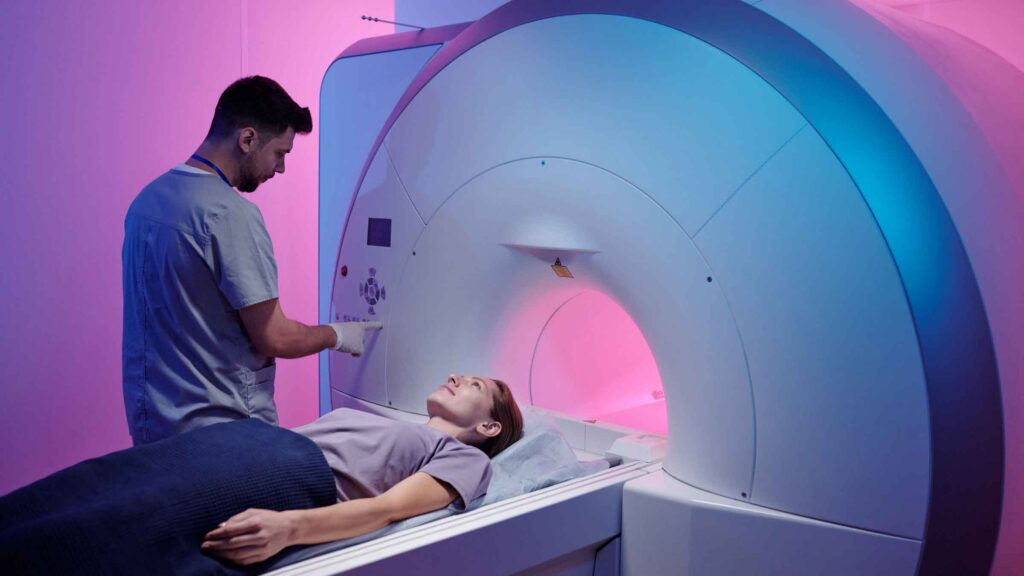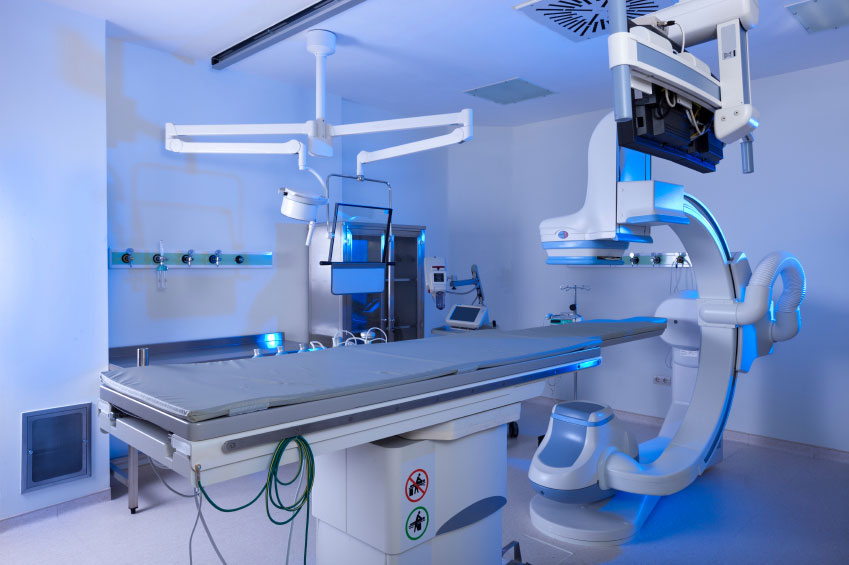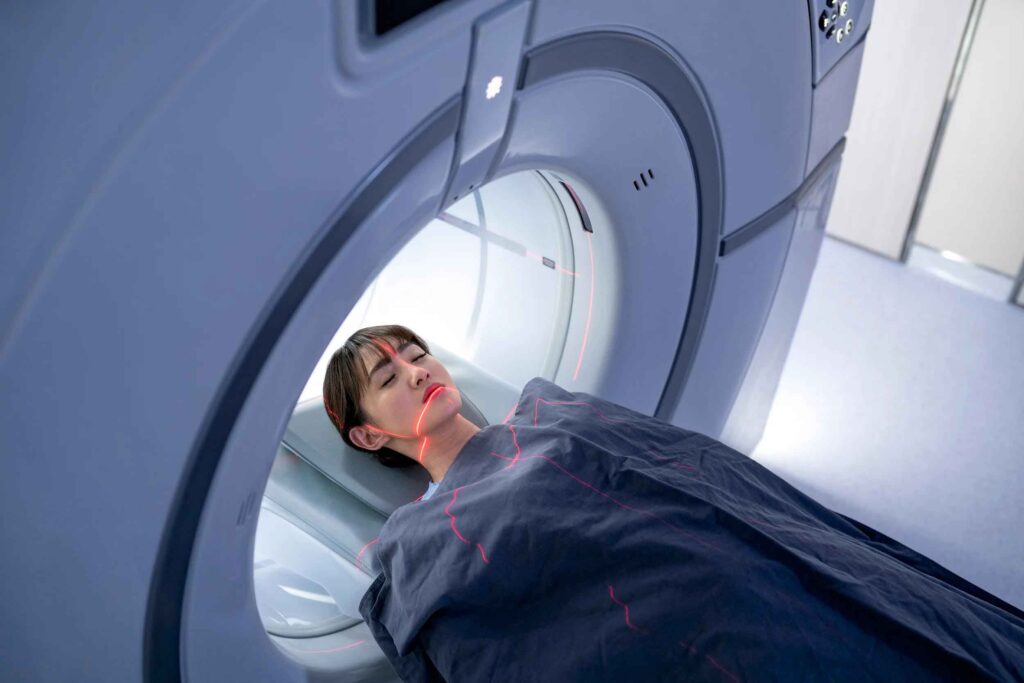After a vehicle accident, you can never be too vigilant, and you should keep in mind that timing will be crucial. Your collision boils down to three or four easy steps that must be taken in order to submit a successful personal injury claim. Always keep in mind that if you wait too long to get medical attention after an accident, the insurance company will notice. Delays in medical attention might cause further pain in addition to harming your injury case.
First of all, every serious collusion requires as much documentation as possible. Of course, this includes taking photographs at the scene of the accident, obtaining a copy of the accident report, and seeking immediate medical attention. Clearly, these things are critical to a successful personal injury claim. However, many injuries require diagnostic imaging studies to support the case.
First, let’s break down the term diagnostic imaging. Diagnostic means helping to identify or diagnose an illness or problem. Imaging refers to devices used to view or identify the location of specific injuries. Imaging for car accident injuries typically includes X-rays, MRIs, or CT scans. Many back, neck and shoulder injuries need diagnostic imaging after a serious car accident.

Again, every car accident is unique and many injuries require special attention to be properly diagnosed and treated. We recommend checking if the clinic offers diagnostic imaging. Many clinics do not offer diagnostic imaging. In this case, you may need to find a new doctor or go to another clinic for treatment. Consolidating treatment allows you to manage treatment and build your case.
If you suffer from an auto accident injury, visit Specialty Care Clinics for a clear diagnosis. We have all the necessary equipment for diagnostic imaging. Our experienced doctors will give you the suitable treatment accordingly. For booking an appointment call (469) 545-9983.
Injuries from car accidents vary a lot depending on a number of factors. Contributing factors include the speed of the vehicles, the age of the victim, the angle or severity of the crash, and the health/age/sex of passengers. Correctly diagnosing an injury is the only way to know what treatment is needed after an accident. Additionally, diagnostic imaging provides additional documentation to support a personal injury claim.
When it comes to a serious accident injury, there are several different methods of diagnostic imaging. Generally speaking, the majority of clinics will concentrate on the diagnostic imaging commonly used for injuries sustained in vehicle accidents. The most common diagnostic imaging procedures for injuries sustained in auto accidents include an X-ray, an MRI, an ultrasound, and/or a CT scan.

X-Ray
To accurately identify any potential injuries after even a small auto accident, an X-Ray may be necessary. Bone spurs, broken bones, fractures, calcifications, dislocations, and overall skeletal damage are common crash injuries that may need an X-ray. Your doctor will be able to determine the exact site of the damage and the necessary treatments with the use of an X-ray.
MRI
Magnetic resonance imaging (MRI) is a medical imaging method that uses magnetic fields and computer-generated radio waves to create detailed pictures of organs and tissues inside the body. When you lie down in an MRI machine, the magnetic field temporarily realigns the water molecules in your body. Radio waves cause these aligned atoms to generate faint signals, creating MRI cross-section images. MRI can help evaluate joint abnormalities, spinal disc abnormalities, bone infections, and tumours.
Before your MRI, metal-free clothing will be provided. All the jewellery and metal need to be removed from the body before scanning. The length of the MRI procedure varies according to the injury but the average length is from 45 minutes to 1 hour per body part. During his actual MRI scan, the person has to lie still. Depending on the part of the body being examined, you may be asked to hold your breath for up to 30 seconds.
CT Scan
A CT or CAT scan is a general term for a computed tomography examination. Like X-rays, CT scans use different images to create an inside image of the body. CT images can be used to create 3D representations of organs, muscle tissue, blood vessels, bones, and tissues.

Ultrasound
Ultrasound uses high-frequency sound waves to create images of soft tissues, bones and organs of the body. These images are generated on the screen. Using these images, doctors can view and obtain information about the heart, blood vessels, bladder, kidneys, liver, and other organs. In addition, ultrasound monitors blood rate and levels, as well as abnormalities in the thyroid, kidneys, gallbladder, and heart. In women, an ultrasound can be done to look for lumps in the breast to determine if it is cancer. In men, ultrasound can diagnose prostate disease.
For clear diagnosis and treatment of auto accident injuries, visit Specialty Care Clinics. Call (469) 545-9983 for booking an appointment.
